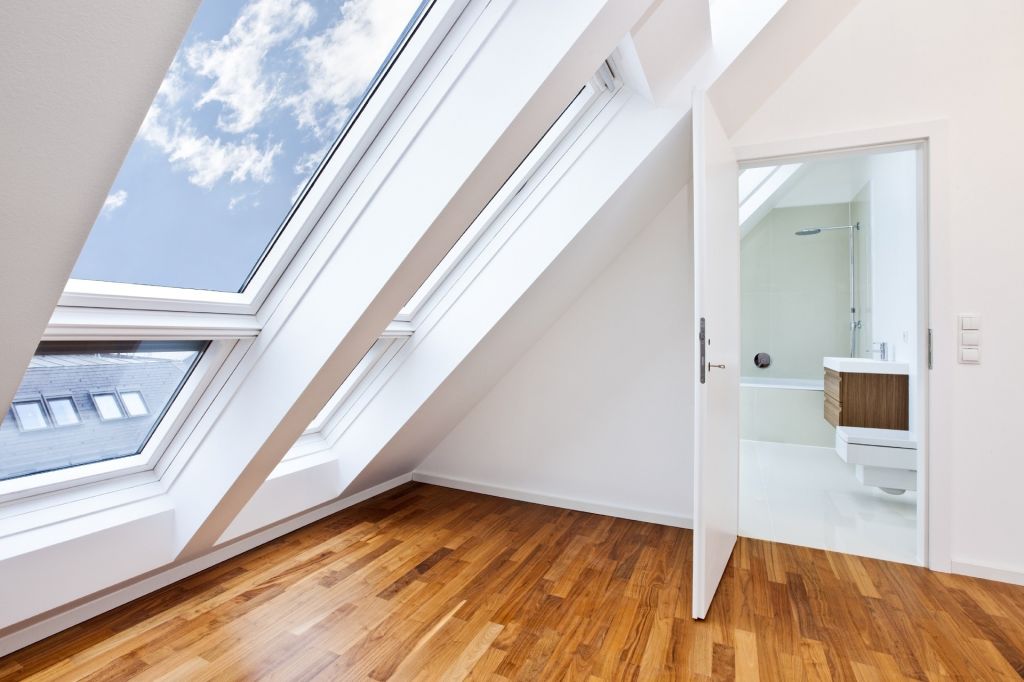Achieving LEED certification is a commendable goal for any building project, as it champions both sustainability and efficiency. Yet, many developers and homeowners often stumble over certain recurrent pitfalls. Understanding these common mistakes in LEED certification is paramount for ensuring the success of your green building project. Within the subsequent paragraphs, we’ll delve into these critical errors and offer insightful guidance to steer your project clear of them.
Missteps in the LEED certification process can lead to unwanted delays and increased costs, detracting from the overall goal of sustainable development. With this in mind, it is crucial to meticulously plan and execute every phase of a LEED project. The following lessons underscore the importance of these considerations.

Understanding LEED and Its Impact
What is LEED Certification?
LEED, an acronym for Leadership in Energy and Environmental Design, serves as a globally recognized framework for green building design, construction, maintenance, and operation. It involves the accumulation of points across various domains to achieve different levels of certification, distinguishing projects as leaders in environmental stewardship.
Importance of LEED for the Environment
Implementing sustainable building practices and achieving LEED certification are pivotal to reducing the carbon footprint of the construction industry. Certified buildings utilize resources more efficiently, support human health, and cut down on waste and pollution, demonstrating a commitment to a healthier and more sustainable world.
Common Mistakes in LEED Certification
Lack of Early Planning
One frequent oversight in the LEED process is inadequate planning. Starting a project without consulting with a LEED-accredited professional can lead to strategic errors. Engaging professionals early in the design phase is crucial to seamlessly integrate LEED requirements [see more tips on planning](https://brucemasseyconstruction.com/sustainable-building-planning-tips/).
Mismanaged Costs
Another critical misstep is poor financial planning. Many stakeholders underestimate the costs associated with achieving LEED standards, resulting in budget shortfalls. It is vital to develop a thorough cost-benefit analysis early on.
Inadequate Documentation
The LEED process is heavily reliant on documentation. Failing to maintain accurate records can result in lost points or certification denial. Its essential to incorporate robust documentation practices from the beginning [documenting green strategies](https://brucemasseyconstruction.com/green-construction-step-by-step/).
Ignoring Site Impact
Ignoring the environmental impact of the site both during and after construction can be detrimental. Proper site analysis and impact minimization strategies should be incorporated to foster sustainable development [learn about best practices](https://brucemasseyconstruction.com/sustainable-building-best-practices/).
Optimizing Your Path to LEED Certification
Efficient Use of Resources
Utilizing materials wisely not only contributes to LEED points but also ensures a sustainable future. Resource recycling and energy-efficient choices are crucial to achieving certification. For more expansive insights, explore [this resource].
Active Collaboration
Engaging a diverse team including architects, engineers, and LEED consultants fosters innovation and aligns project goals with sustainability standards. Effective communication and teamwork are essential from the outset.
Regular Evaluation and Feedback
Regular assessment of project milestones against LEED goals is imperative. Maintaining an open feedback loop encourages continual improvement and alignment with LEED standards.
Conclusion
Avoiding LEED certification common mistakes requires foresight, careful planning, and dedication to sustainable outcomes. Prioritizing these areas contributes to a successful certification process, resulting in efficient, eco-friendly buildings that set a standard in green construction.

FAQ
What is the cost implication of LEED certification?
While there is a higher upfront investment, LEED-certified buildings often see long-term savings through energy efficiency and increased asset value.
How long does the LEED certification process take?
The duration varies based on project size and scope, but proper planning from the project outset can streamline the process.
Can existing buildings obtain LEED certification?
Yes, existing buildings can pursue LEED for Building Operations and Maintenance (O+M) to improve sustainability and performance.
This article contains affiliate links. We may earn a commission at no extra cost to you.




